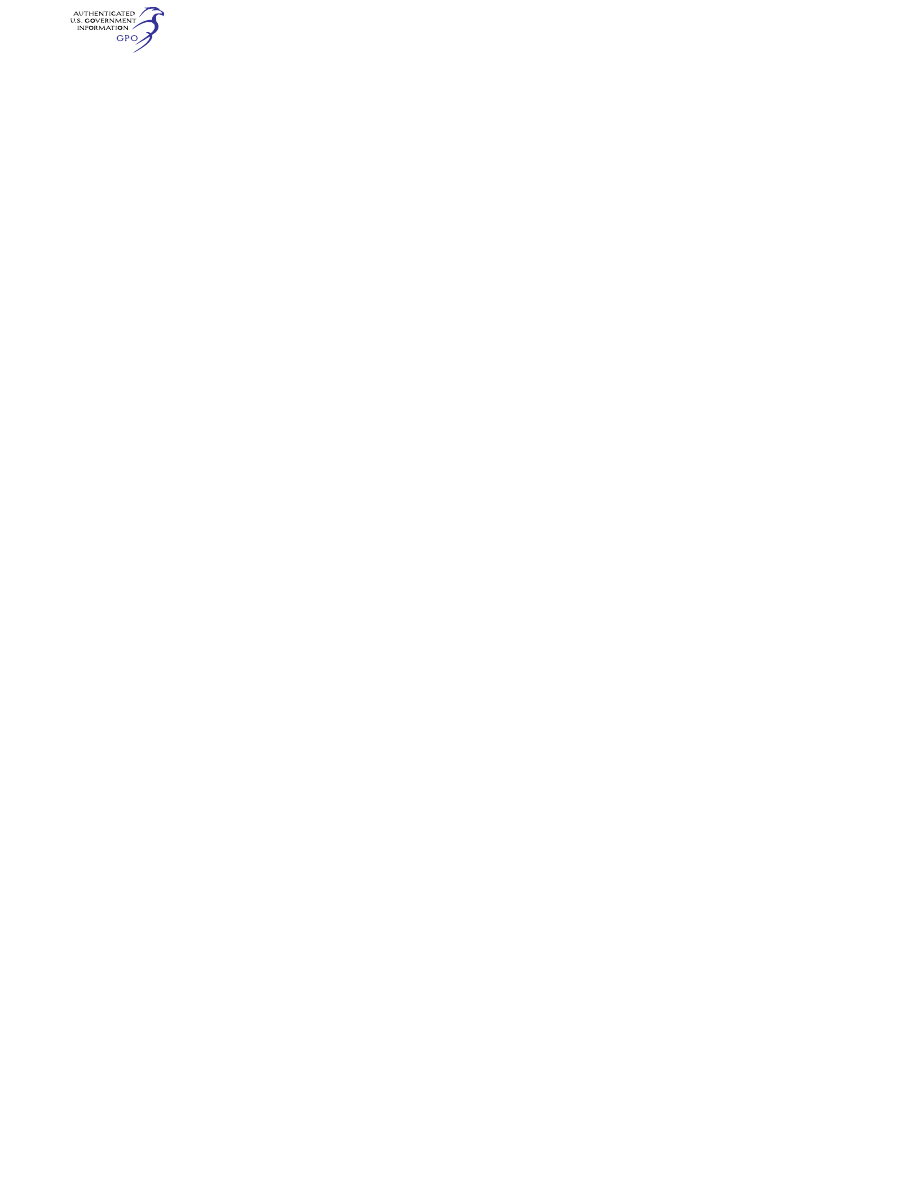
110
14 CFR Ch. I (1–1–24 Edition)
§ 121.245
so that oil emitted from the line does
not impinge upon the pilots’ wind-
shield.
(c) Engine breathers may not dis-
charge into the engine air induction
system.
§ 121.245 Fire walls.
Each engine, auxiliary power unit,
fuel-burning heater, or other item of
combustion equipment that is intended
for operation in flight must be isolated
from the rest of the airplane by means
of firewalls or shrouds, or by other
equivalent means.
§ 121.247 Fire-wall construction.
Each fire wall and shroud must—
(a) Be so made that no hazardous
quantity of air, fluids, or flame can
pass from the engine compartment to
other parts of the airplane;
(b) Have all openings in the fire wall
or shroud sealed with close-fitting fire-
proof grommets, bushings, or firewall
fittings;
(c) Be made of fireproof material; and
(d) Be protected against corrosion.
§ 121.249 Cowling.
(a) Cowling must be made and sup-
ported so as to resist the vibration in-
ertia, and air loads to which it may be
normally subjected.
(b) Provisions must be made to allow
rapid and complete drainage of the
cowling in normal ground and flight at-
titudes. Drains must not discharge in
locations constituting a fire hazard.
Parts of the cowling that are subjected
to high temperatures because they are
near exhaust system parts or because
of exhaust gas impingement must be
made of fireproof material. Unless oth-
erwise specified in these regulations all
other parts of the cowling must be
made of material that is at least fire
resistant.
§ 121.251 Engine accessory section dia-
phragm.
Unless equivalent protection can be
shown by other means, a diaphragm
that complies with § 121.247 must be
provided on air-cooled engines to iso-
late the engine power section and all
parts of the exhaust system from the
engine accessory compartment.
§ 121.253 Powerplant fire protection.
(a) Designated fire zones must be pro-
tected from fire by compliance with
§§ 121.255 through 121.261.
(b) Designated fire zones are—
(1) Engine accessory sections;
(2) Installations where no isolation is
provided between the engine and acces-
sory compartment; and
(3) Areas that contain auxiliary
power units, fuel-burning heaters, and
other combustion equipment.
§ 121.255 Flammable fluids.
(a) No tanks or reservoirs that are a
part of a system containing flammable
fluids or gases may be located in des-
ignated fire zones, except where the
fluid contained, the design of the sys-
tem, the materials used in the tank,
the shutoff means, and the connec-
tions, lines, and controls provide equiv-
alent safety.
(b) At least one-half inch of clear air-
space must be provided between any
tank or reservoir and a firewall or
shroud isolating a designated fire zone.
§ 121.257 Shutoff means.
(a) Each engine must have a means
for shutting off or otherwise pre-
venting hazardous amounts of fuel, oil,
deicer, and other flammable fluids
from flowing into, within, or through
any designated fire zone. However,
means need not be provided to shut off
flow in lines that are an integral part
of an engine.
(b) The shutoff means must allow an
emergency operating sequence that is
compatible with the emergency oper-
ation of other equipment, such as
feathering the propeller, to facilitate
rapid and effective control of fires.
(c) Shutoff means must be located
outside of designated fire zones, unless
equivalent safety is provided, and it
must be shown that no hazardous
amount of flammable fluid will drain
into any designated fire zone after a
shut off.
(d) Adequate provisions must be
made to guard against inadvertent op-
eration of the shutoff means and to
make it possible for the crew to reopen
the shutoff means after it has been
closed.